DMM Aneng M20
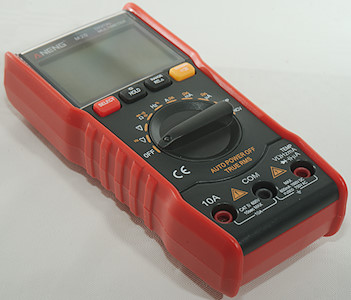
Yet another model from Aneng.
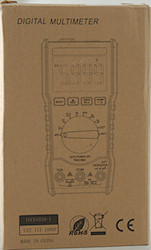




It arrived in a cardboard box, but the drawing on the box do not match the meter.
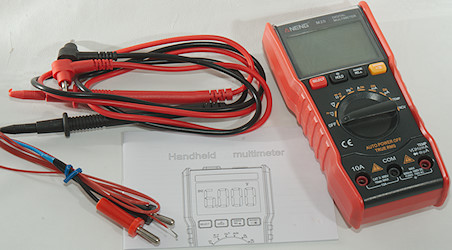
It included the DMM, a pair of probes, a thermosensor and a manual.


The standard probes has full tip covers.
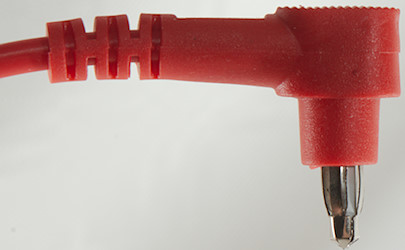
The shroud is very short.


The thermosensor is the standard cheap model.
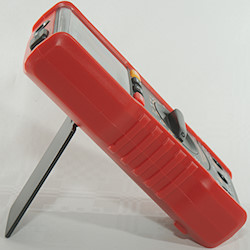
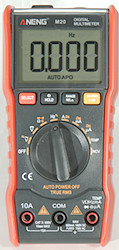
The range switch is a bit stiff, this means it requires supporting the meter when turning it.
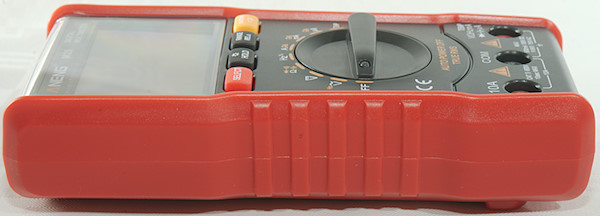
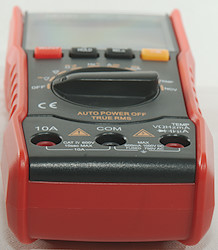
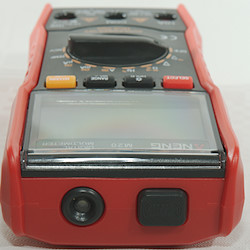
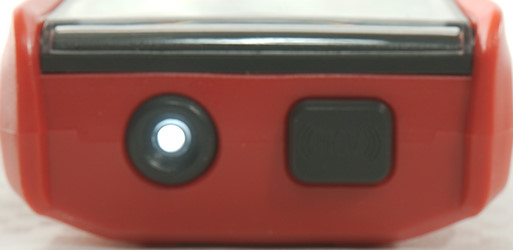

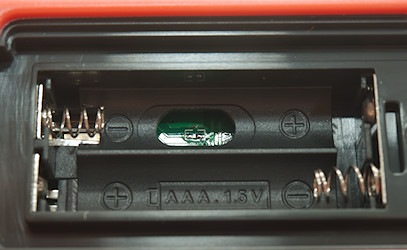
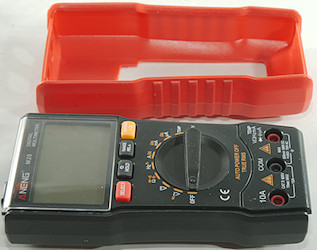
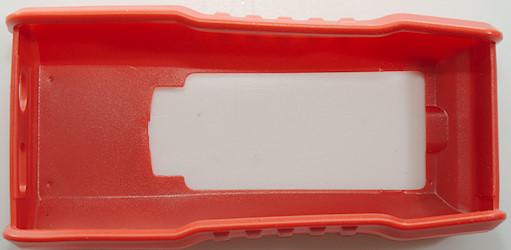
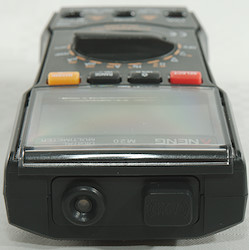
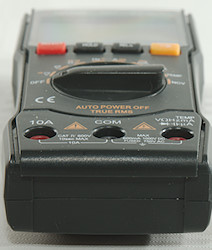
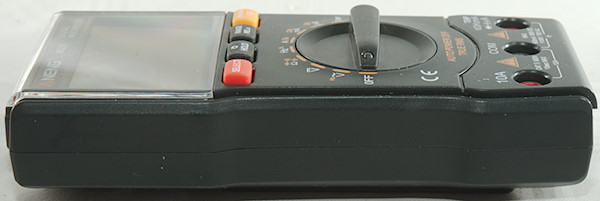
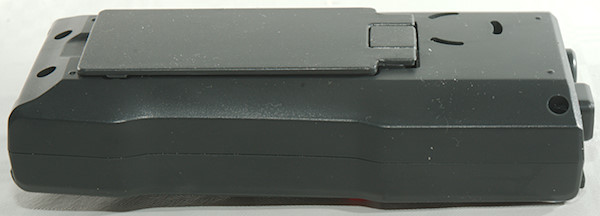
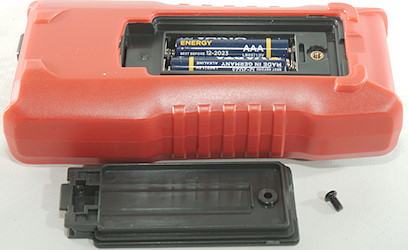
Display

The above picture shows all the segments on the display.
Not all the segments are used on this meter.
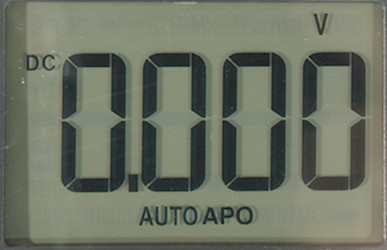
Typical display during usage, it will show the number and what measurement is selected.
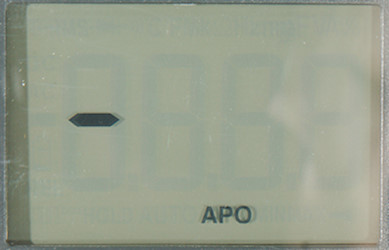
Non contact voltage will show from one to four bars depending on the electric field strength.
Functions
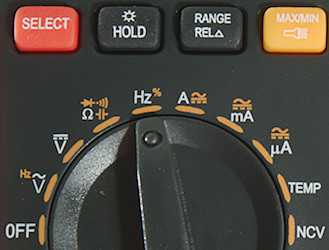
Buttons:
- Select (Red): Select the ranges printed with orange and change between Celsius and Fahrenheit.
- Hold: Freezes the display reading, hold down for backlight.
- Range/Rel: Will disable auto range and change range. The Rel function only works in capacity where manual range cannot be used.
- Max/Min (Yellow): Select max/min in V, ohm, A and Temp ranges, hold down to turn flashlight on.
Rotary switch:
- Off: Meter is turned off
- VAC Hz: Show AC voltage, using the red button will cycle between volt, frequency and duty cycle.
- VDC: Show DC voltage.
 : Ohm, diode, continuity, capacitance.
: Ohm, diode, continuity, capacitance.
- Hz: Frequency and duty cycle, this is used for lower voltages and works at fairly high frequencies.
- A: Ampere DC and AC
- mA: Milliampere DC and AC
- uA: Microampere DC and AC
- Temp: Temperature in Celsius or Fahrenheit.
- NCV: Non contact voltage.
Input
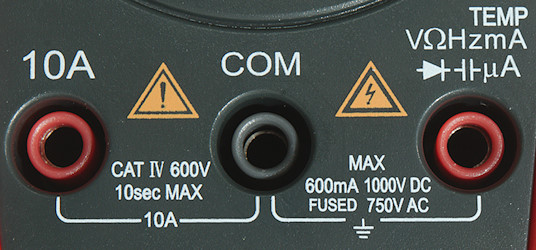
- A: High current input.
- COM: The common terminal for all ranges.
- xxx: All other ranges.
Standard probes will work, but can not be fully inserted.
Measurements
- Volt and frequency
- 1 VAC is 5% down at 2.2kHz (RMS will not work at the frequency).
- At 0.1Vrms frequency counter on AC input range is from 0.9Hz to 2.5kHz
- At 1Vrms frequency counter on AC input range is from 0.9Hz to 31kHz
- At 1Vrms frequency counter input range is from 2Hz to 40MHz
- Duty cycle on frequency counter input from 1% to 99% at 100kHz with 4Vpp, precision is within 0.2
- Frequency counter can handle a DC offset from -1.6V to +1.8V with 1Vrms input.
- Min/max can capture repeated events in 150ms and need about 320ms to capture a single event.
- Input impedance is 10Mohm to 11Mohm on DC and AC
- Frequency input is a few Mohm up to about 2V where it drops to 3kOhm
- Current
- 10A range will give an audible alarm when current is 10A or above.
- Current ranges are limited to 36VDC and 25VAC.
- uAmA range is protected with 0.6A/250V 5x20mm fuse
- A range is protected with 10A/250V 5x20mm fuse
- Ohm, continuity, diode and capacitance
- Ohm needs about 2.6s to measure 100ohm
- Ohm voltage is 1.04V open and 0.26mA shorted
- Continuity is fast (About 15ms).
- Continuity beeps when resistance is below 50ohm.
- Continuity is 2.1V open and 0.26mA shorted
- Diode voltage is 3.9V with display of up to 3.3V with 0.25mA, maximum current is 1.5mA shorted
- 10uF takes about 2.5 seconds to measure.
- 70000uF takes about 10 seconds to measure.
- Miscellaneous
- Current consumption of meter is 1.1mA to 1.6mA (12.6mA with backlight and flashlight)
- Meter works down to 2.2V where it turns off, battery symbol show at 2.3V.
- Readings are stable with changing battery voltage.
- Backlight and flashlight works down to meter turns off where it is fairly dim.
- Viewing angle is good.
- Display updates around 3 times/sec
- Backlight will automatic turn off in about 10 seconds.
- Flashlight will not automatic turn off, but turns off with the meter.
- Will automatic turn power off in about 17 minutes.
- The meter often show the correct value in the first update.
- Weight is 211g without accessories, but with batteries.
- Size is 145 x 70 x 37mm
- Probes
- Probe resistance 87mOhm for one.
- Probe wire is 72cm long.
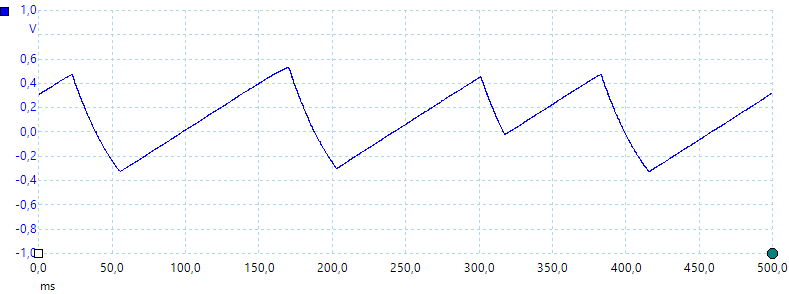
A look at the capacitance measurement waveform.

Frequency input resistance.

A high DC voltage will suppress AC voltage readings.
Tear down
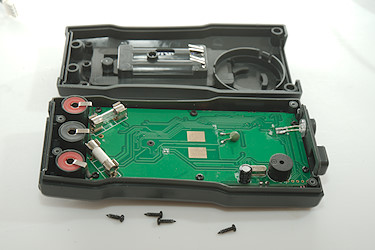
I had to remove four screws to open the meter.
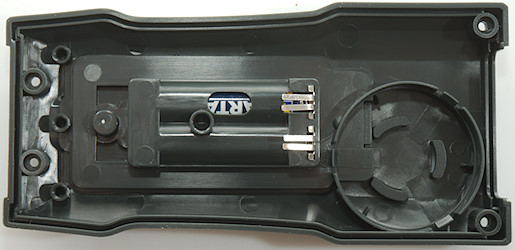
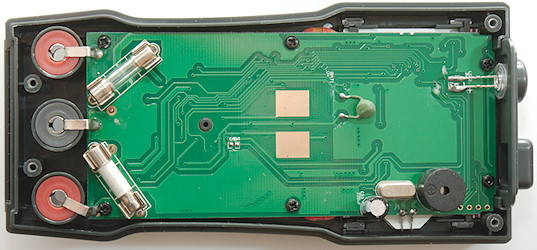
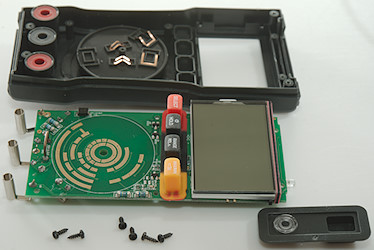
The circuit board was mounted with 6 screws.
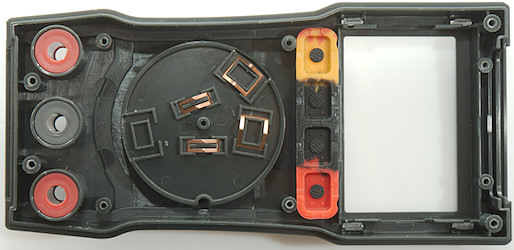
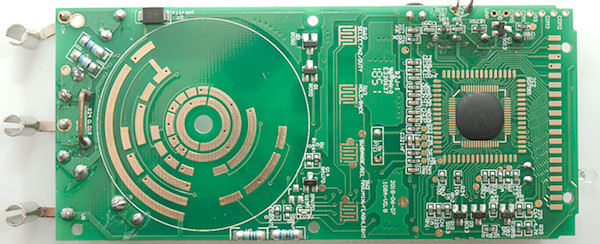
Most of the electronic is on this side. The 3 current shunts are between the input terminals. The 0.01ohm wire shunt, a 0.99ohm and a 99ohm resistors with a transient diode (D2) for protection. There is a transistor pair for protected ohm, frequency and temperature input (Q1 & Q2). The voltage input has the usual 10Mohm (2x5Mohm) resistors. On the circuit board the multimeter chip is called SD7001, but I could not find any datasheets for it.

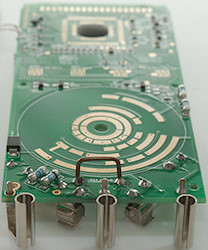
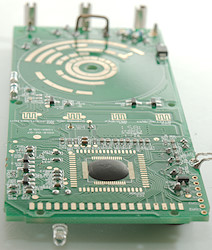

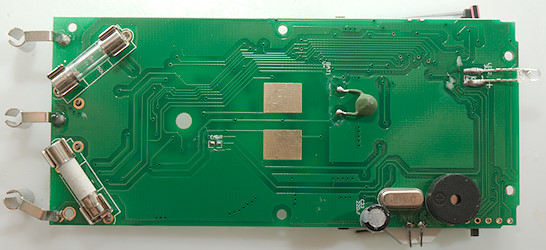
This side of the circuit board has the fuses, a PTC, crystal, buzzer and a capacitor. The flashlight led is also mounted here.
The NCV antenna is a track at the top of the PCB on both sides.
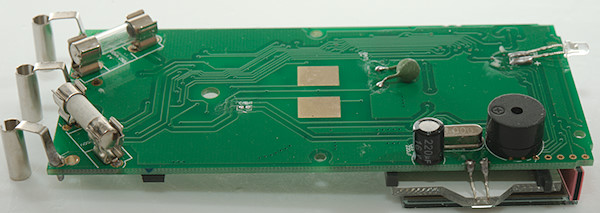
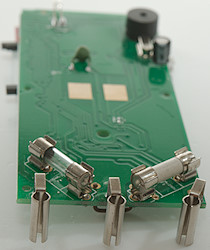

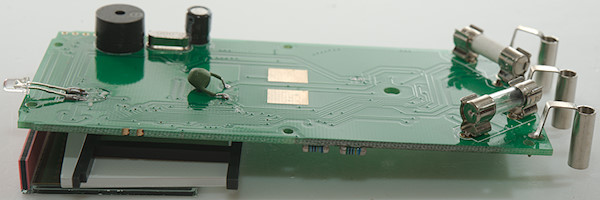
Conclusion
As usually the CAT rating is wrong, 250V fuses for a 1000V rated meter is wrong and specifying only low voltage in current ranges do also show that the CAT rating is wrong.
But for around the house and hobby the meter works fine, it has the required ranges (Except mV would be nice for electronic).
Notes
The multimeter was supplied by banggood.com for review.
How do I review a DMM
More DMM reviews
 : Ohm, diode, continuity, capacitance.
: Ohm, diode, continuity, capacitance.































 : Ohm, diode, continuity, capacitance.
: Ohm, diode, continuity, capacitance.


















